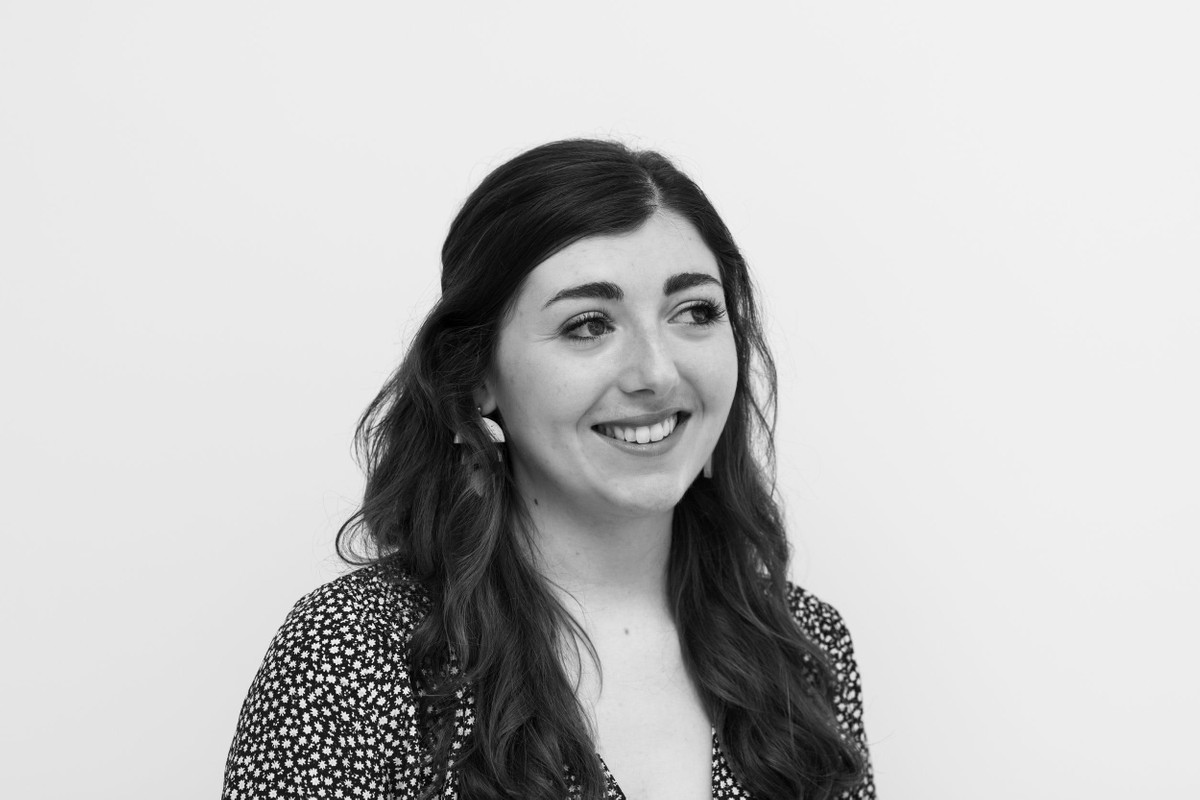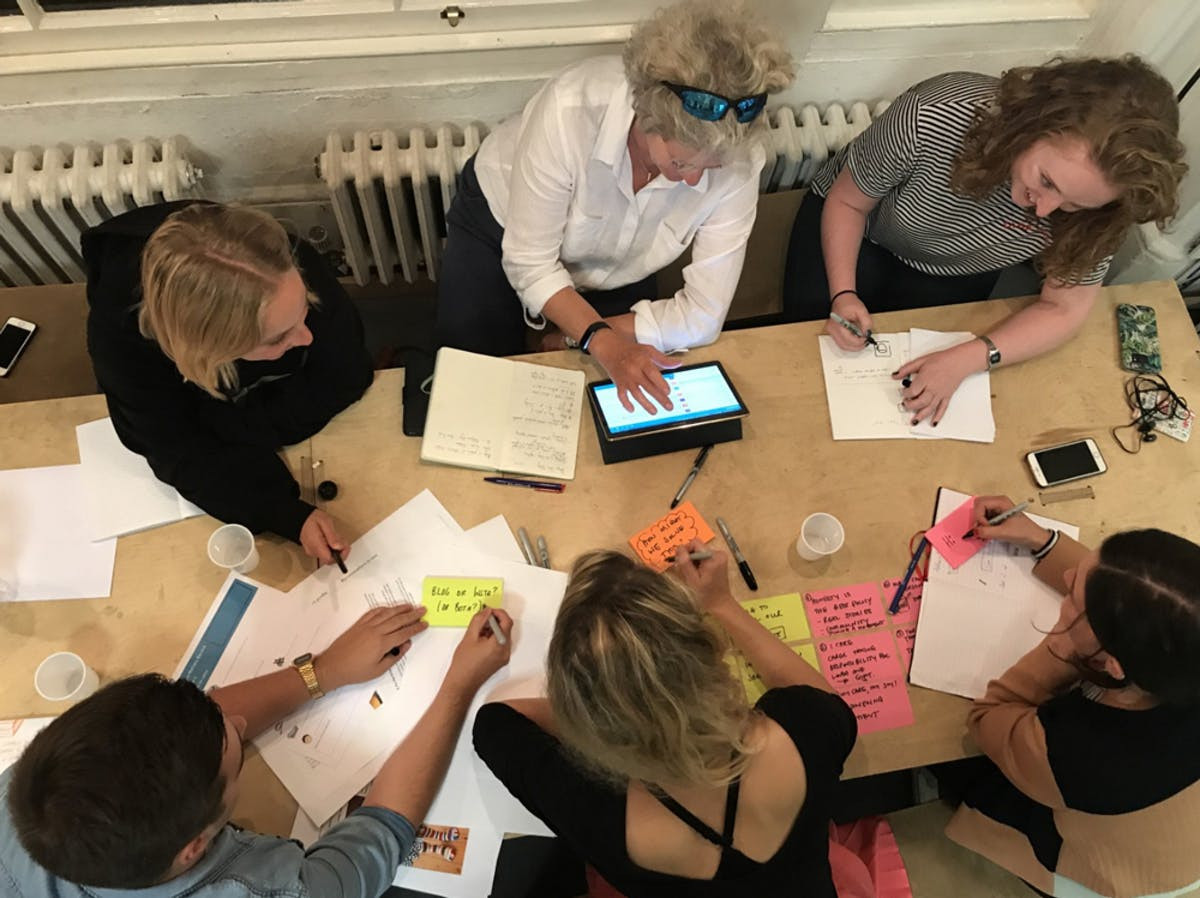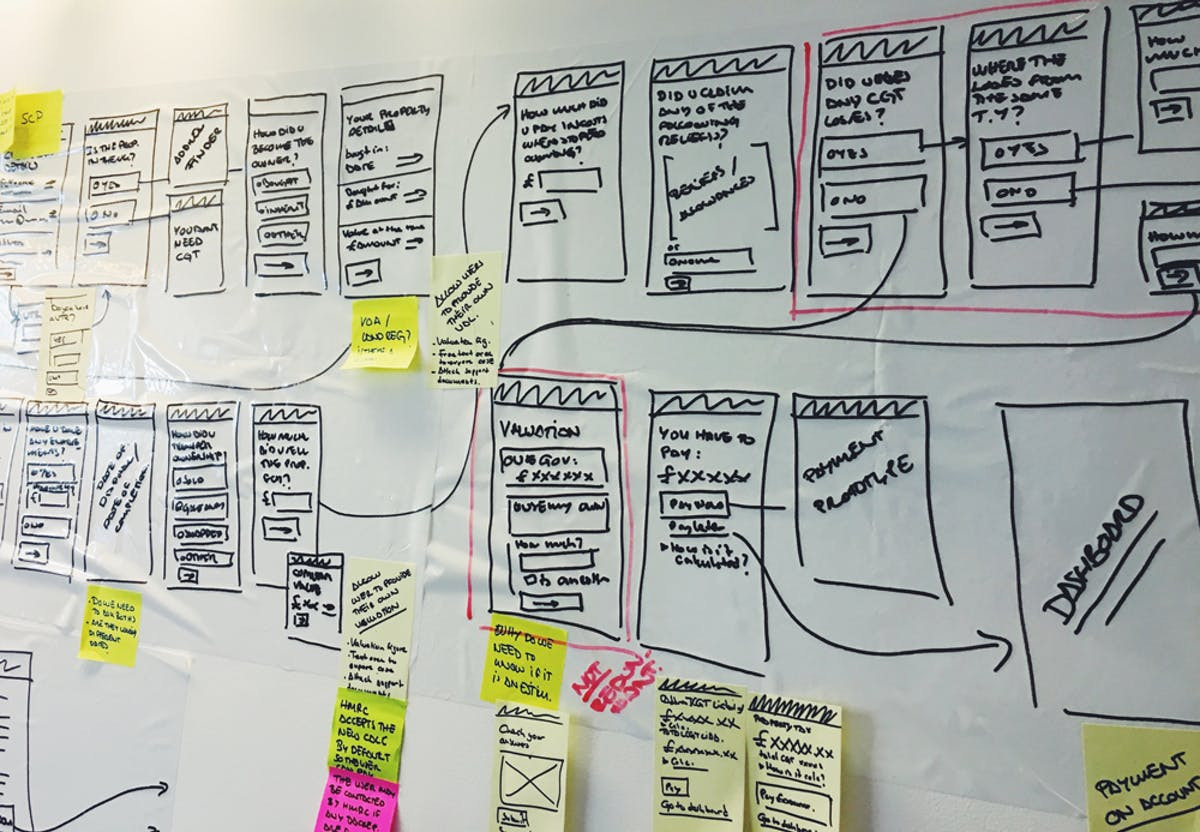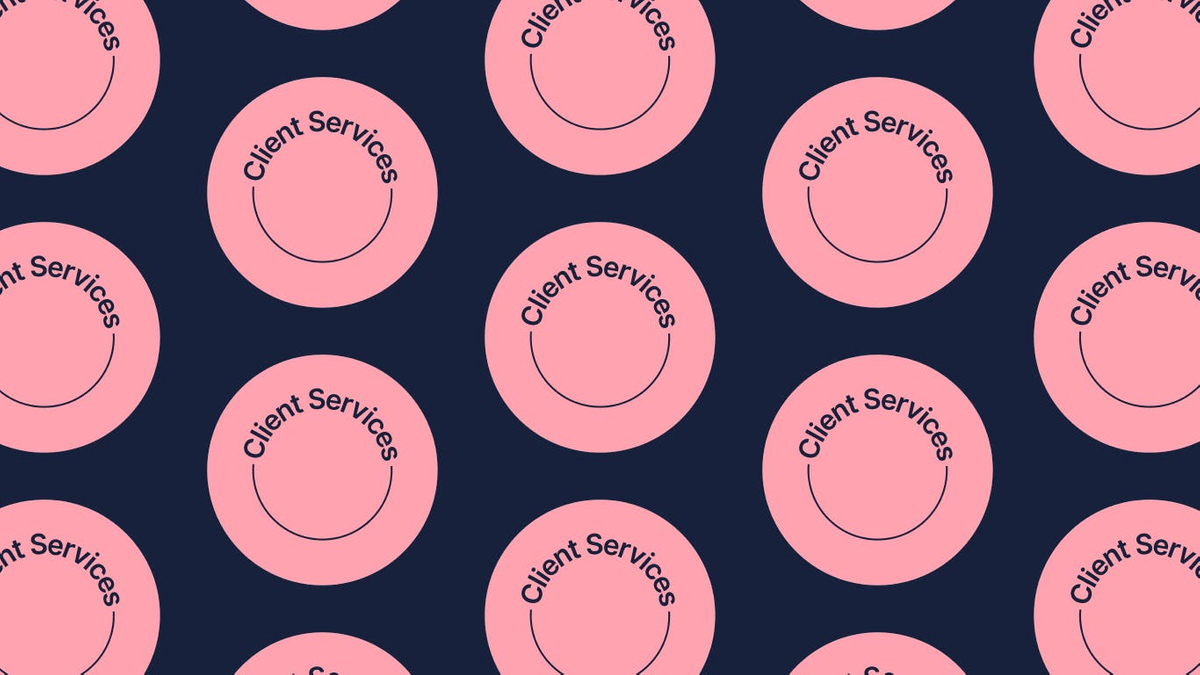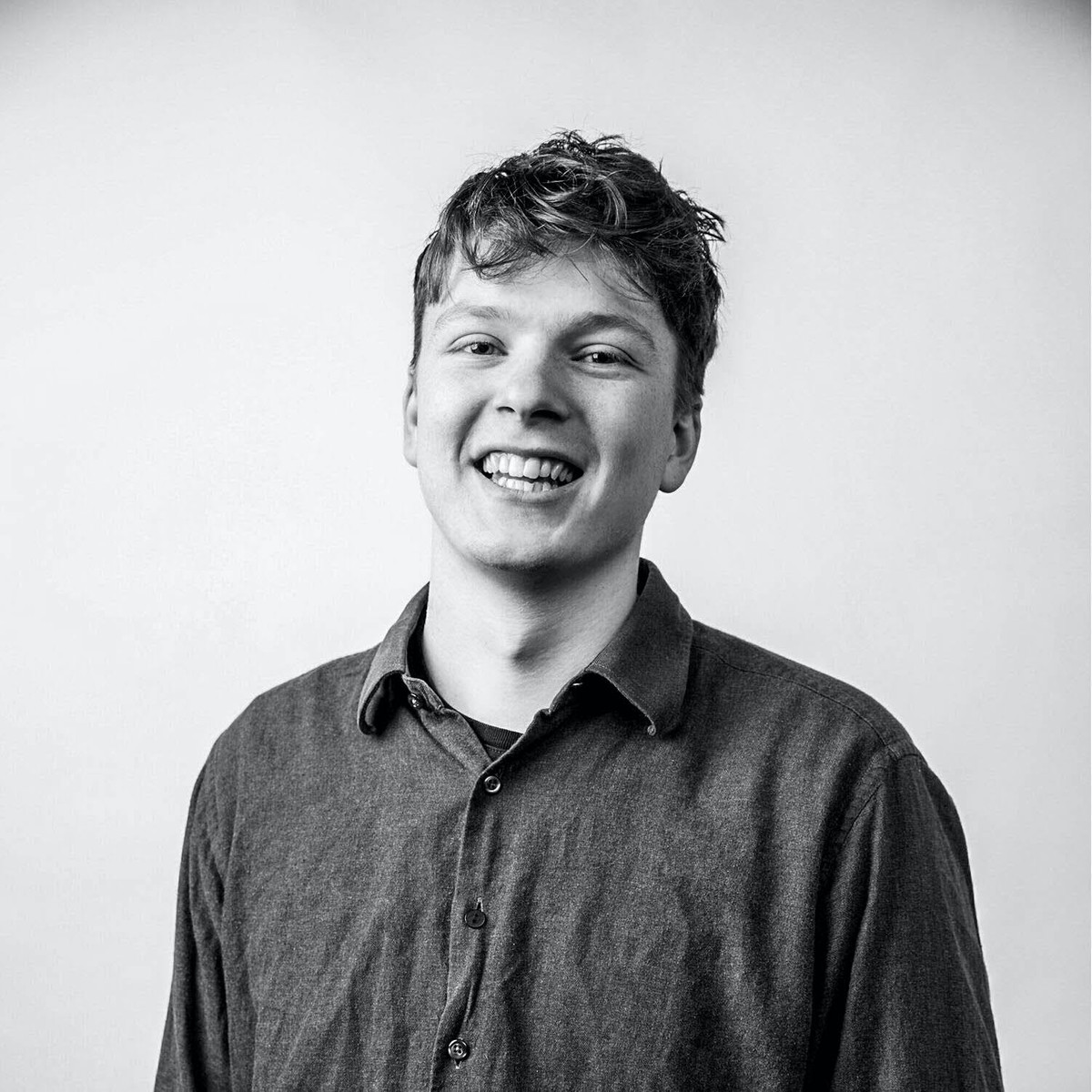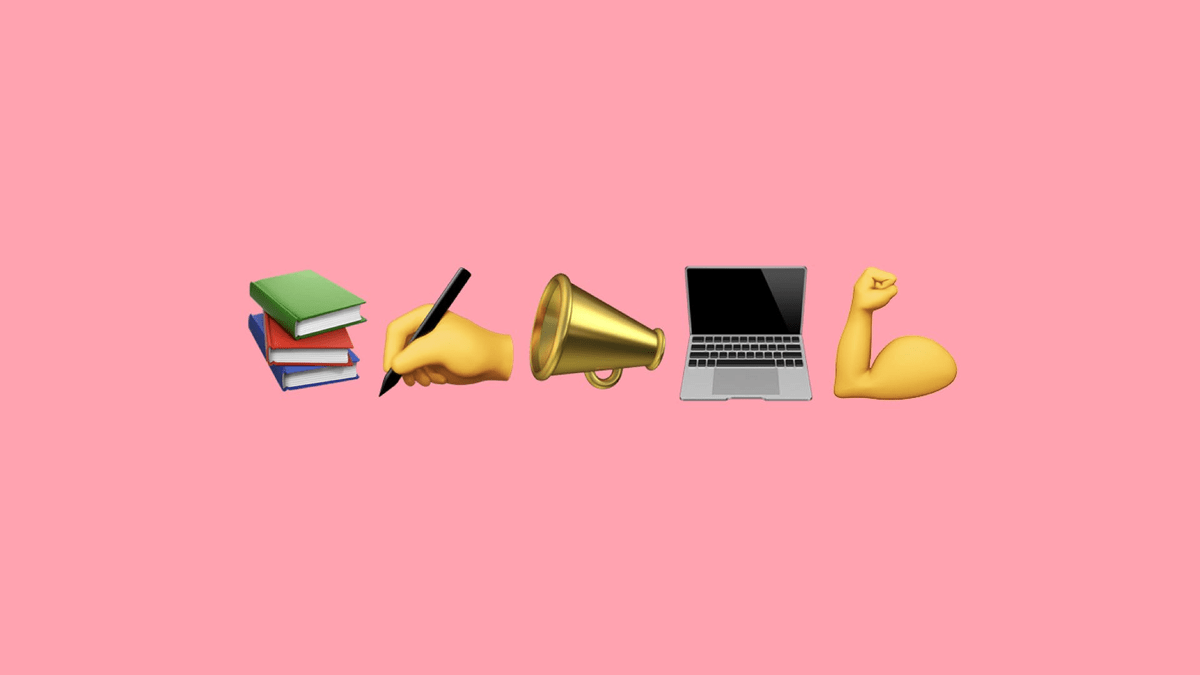How I got here
with Charley Pothecary, Service Designer and founder of Inclusively
— October 2020
After a degree in Graphic Design at University, Charley Pothecary quickly found her way into service design and has since set up her own design collective, Inclusively. She shares with us the importance of staying up to date with new technologies, attending events and talks and why improving lives has always been at the heart of what she does.
Who are you?
My name is Charley Pothecary, I studied Graphic Design at Kingston University and found my way into the world of service design from there.
What do you do?
As a service designer, I support organisations to build services that are effective for both the end user and the service provider.
Where are you based?
I’m based in London but often travel for work. This leads to some really exciting adventures!
Where can we find your work?
You can have a look at some of our work at Inclusively and you can check out some of my previous projects on my personal website.
Starting out
Where did your journey in the creative industry begin?
Throughout university I was fortunate enough to land a couple of internships within the creative industry, these ranged from branding to packaging to service design. This helped me to explore what areas I wanted to focus on and opened my eyes further to the world of service design.
How did you first hear about service design?
A fantastic tutor at Kingston University - Kieran O'Connor first introduced me to the idea of service design, from there went to events and read books on service design and researched agencies in London who focused on service design to learn more about the practice.
Why did you think it might be right for you?
I had realised within the first year of uni that I really enjoyed the research aspect of the projects we were working on, in particular, I loved finding out where there was currently a problem and working out how it could be solved.
Before I knew the term service design I had started to call myself a human-centered designer, I wasn't really sure what role I might go into. I just knew I wanted to make things that would improve lives.
Service design is all about researching what isn't working well and working out how to best solve that problem. I really love understanding human behaviour and getting to the root cause of problems so that we can best understand how to make improvements.
There are often lots of existing constraints to improving a service or designing new services which makes it challenging but really enjoyable. We need to work closely with organisations and speak with their end users, this means often having to go to wherever they are to gain the most understanding and make the most impact.
I have always had a passion for designing things to improve lives. As a service designer, I have focused specifically on creating inclusive services and founded a design collective called Inclusively.
How did you bag your first role working as a Service Designer?
I went along to a service design event called Service Lab London, there were a couple of different agencies and practitioners sharing their recent projects and learnings. One of the speakers was Sarah Drummond - Co-founder and CEO of Snook. I felt instantly drawn to the really human way that Snook practises service design and how they would also build service design capabilities within organisations. I introduced myself, left a business card, and crossed my fingers. Luckily a few weeks later Snook needed some help on a community project and they thought of me.
I now help run Service Lab as one of their co-organisers, it's a fantastic community of service designers and the service design curious. Highly recommend you come to an event if you are interested in learning about service design!
How did you feel about starting this journey? Did you ever doubt your abilities?
Imposter syndrome has definitely followed me around. The fact that service design is still relatively young as a practice also means that sometimes it feels like as a group we are unsure of our identity. We get involved in so many aspects of design and there are so many different focuses that a service designer can have, it can be hard to not doubt your abilities.
The fact that service design is still relatively young as a practice also means that sometimes it feels like as a group we are unsure of our identity.
Is there someone who has really helped you in the shift from graphic design?
It never felt like too much of a shift from graphic design to service design as many of the same rules and practices apply. I still use my graphic design skills daily but much more of the focus is on understanding what the problem might be, how to solve it, and then comes the design part.
I did often reach out to people in the industry to learn more about their journeys though, many of those people helped me to see how they had shifted from one practice into another. Service designers come from so many different backgrounds, it's always really interesting to see the shifts that people have made.
My role
How would you describe the role of service designer to a stranger down the pub? What do you do?
As service designers we design how a service is delivered by a service provider and how it is experienced by the service user or customer.
The best response I've ever had to telling someone that I am a service designer was when someone assumed I designed service stations - I haven't had a project like that yet but you never know. As service designers we get to work across such a variety of areas. I have helped to re-design housing policies, designed sustainable fishing products, and ran co-creation workshops with pet owners.
I specifically focus on helping organisations to co-design their inclusive service improvements so that they are then able to continue to improve their services going forward.
The best response I've ever had to telling someone that I am a service designer was when someone assumed I designed service stations - I haven't had a project like that yet but you never know.
In one line, tell us why you do this role.
As a service designer, you get to learn about so many varying areas of life and have the opportunity to hopefully improve lives.
What are the top tools in your service design toolkit?
There are many service design tools and some fantastic resources that can help you to learn and proactive them. There are a few traits I've noticed some of the brilliant service designers that I know of all have in common:
- Buckets of curiosity
- A ‘let's give it a go’ attitude
- Truckloads of empathy
- A love of post-it notes
When do you feel like you truly “became” a service designer?
I suppose when I was able to be part of designing a service for the first time.
What have you been most proud of in your role?
I'm most proud of the service improvements that I have been part of that have had a really positive impact on many lives.
What do you find most challenging about your role?
The hardest and best bit about being a service designer is trying to make the best experience for both the service provider and the service user within constraints - systems, technology, budgets, capacity and policies. This is also what makes it really exciting though, it's never about one great idea. It's about making a great idea work best within an existing ecosystem.
It's never about one great idea. It's about making a great idea work best within an existing ecosystem.
What’s next for you?
Right now Inclusively is focusing on building out its team of associates, we are looking to partner up with organisational designers, graphic designers and researchers so that we are best equipped to help support clients across a range of areas when needed.
The next generation
What advice would you want to share with someone embarking on their service design journey? What is the one thing you wish you had known before starting out as a service designer?
I’m always looking to learn more about technology, coding and system integrations. I think it's really useful for service designers to have a good understanding of tech as it really helps you to understand some of the technology constraints you will come up against and how best to work with developers.
I think it's really useful for service designers to have a good understanding of tech as it really helps you to understand some of the technology constraints you will come up against and how best to work with developers.
I’m a graphic design graduate who’s interested in service design, where do I start?
Check out some of the fantastic service design books out there. Good services by Lou Downe is a great place to start. Next, come along to some service design events - Service Lab London is a great community to get started with. Keep reaching out to people who are doing the type of work you are most interested in, have coffees, and keep learning.
What do you think is a top piece of service design that’s worth looking at?
There are some brilliant blogs from the government Digital Service - always worth a read.
What would you like to see change for young people starting out in the industry?
There are some great internship opportunities out there but I would like to see more, Inclusively would love to offer internships at some point in the future also. Watch this space.
To hear more from Charley you can follow her at:
Twitter: @charleypoth
Medium: @charleypoth
See to see more of her work check out:
www.weareinclusively.com
www.charleypothecary.com
See our latest posts
